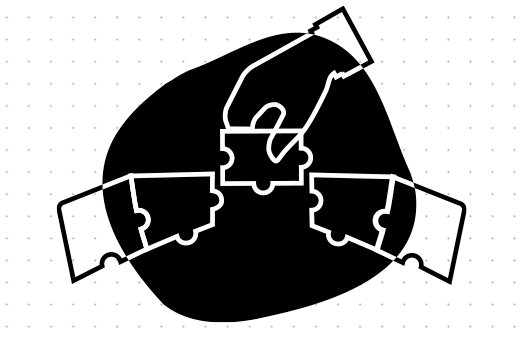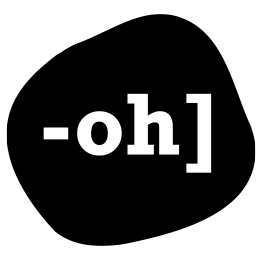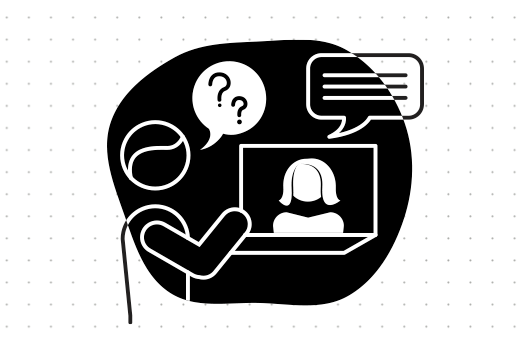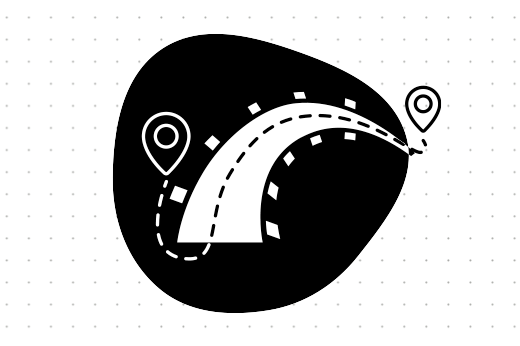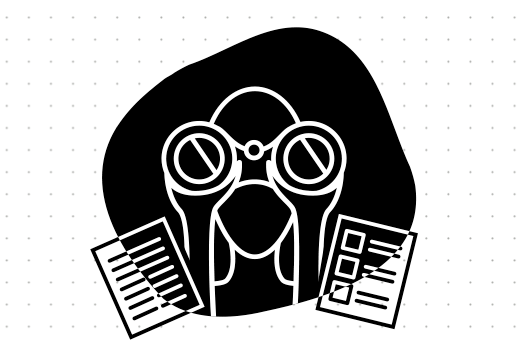Filter by category
What’s the recipe for a successful software development project? This is the million-dollar riddle every entrepreneur, CEO, manager, or anybody who has an interest in software tries to solve — especially when an endeavor in this direction starts to crumble.
The solution is simple yet complex. Generally, to build a robust and viable software product, you need to make sure you are building the “right product" that it’s “managed right,” and, of course, it’s “done right.” For every aspect to fall into place, the team accountable for the product needs to bring together diverse roles and cover a wide range of activities — from planning to outlining specifications, monitoring the progress, coding, technical architecture, UX design, and many more.
Defining such a multi-functional team and determining each member's degree of involvement proportionally to the project's objectives is highly challenging. This is when the mindset gap between product and engineering becomes apparent. And the divide will only grow as the project moves into later stages, risking little to no progress.
Here’s where the Product Engineer steps in, resolving the gap efficiently and effectively and putting a twist on the classical approach of cross-functional teams.
Product vs. Engineering Mindset
The literature* on teamwork and efficiency clearly shows that mindsets and attitudes play a significant role in accomplishing tasks. When it comes to software development projects, understanding and solving the gap between the product and engineering mindset is the first step towards success. So, how do the product/engineering perspectives differ?
The product mindset is all about understanding the product from a business perspective and aims to:
Fully grasp the socio-economic context and the problem the product tries to solve;
Gather as much knowledge as possible about the industry in which the product will be introduced;
Think about the solution in terms of relevancy to the customers and viability on the market.
The engineering mindset concentrates on building the product from a technical perspective to:
Make accurate technical forecasts based on precise technology audits;
Build a strong, viable technology architecture for the product;
Ensure the necessary coding skills to implement the needed specifications are in place;
Deliver high technical performance.
Solving the gap between the two starts with understanding both perspectives. After all, only by making sure that both aspects are met will a software project be successful. So, negotiating solutions and finding common ground between the two is not only advisable but mandatory. Of course, every project is different, and assessing each perspective's importance in the context of the product’s objectives will give a clearer view of how the team working on it should look, what set of skills the members will need, and to what degree.
The Skills That Bridge the Gap
To bridge the perspective gap, a Product Engineer brings to the table a wide range of skills that account for a variety of classical roles such as Product Manager, Team Lead, Scrum Master, Product Owner, and Product Owner Proxy, Software Engineer and Product Architect, to name the most common. Think of the Product Engineer as a “Jack of all trades” with basic knowledge skills in all these domains and in-depth expertise in one or two, according to his/her background.
The Product Engineer, no matter his/her previous specialization, brings to the table the following skills to merge the product and engineering mindsets:
Knows how to easily communicate and work with Designers, Product Managers, Data Scientists, Marketing Managers, or Business Developers and disseminate information across-departments to deliver a good product from all perspectives;
Has strong engineering know-how and can merge it with a pragmatic focus on ROI to deliver short and long-term planning strategies;
Is aware of and fully understands technical constraints, resources availability, opportunities and limitations and can leverage them all to the project’s advantage;
Can manage all parties’ expectations and can prioritize;
Internalizes the business’ mission and needs and translates them into clear, well-rounded technical specifications;
Plays a leading role in the Product Definition and Discovery Phase;
Is capable of streamlining communication to improve team performance overall.
Engineering the Product One Step Further
In addition to being the natural binder that bridges the gap between product and engineering through a set of skills from both worlds, the Product Engineer also acts as a motivational and inspirational agent.
It’s been proven that solving dry tasks, void from their end goal is detrimental to innovation. People are not inspired or motivated by solving issues in a vacuum. For team members to be enthused by a project and innovate, they need to empathize with the problem and internalize the mission. It’s the same for Software Engineers and UX/UI Designers. To spark innovation magic, they need to understand the role of the product in the real environment.
A Product Engineer can help paint the bigger picture, provide transparency, and point out purpose and meaning through his/her role of disseminating info cross-departments. By passing on knowledge on the broad view, a Product Engineer acts as an informal leader and conducts self-organizing teams to tackle technical challenges from a fresh perspective with a new-found understanding. A Product Engineer can boost morale by providing a birds-eye view perspective of the entire software development project in context.
Benefits of Having a Product Engineer
As software products become more and more complex, setting yourself up for success from the very beginning is more important than ever. It’s also more difficult. Having a Product Engineer on your software development team can bridge the gap between product and engineering by delivering a perspective that advocates for both business and technology. All in all, a Product Engineer will help to:
Tackle the project in the most efficient way.
Since the Product Engineer can account for multiple classical roles, it becomes easier to balance responsibilities at lower costs and in a timely manner.
Reduce overhead with management and specification definition.
A Product Engineer will know how to translate business needs into technical product specifications and thus reduce the back and forth between the business and tech departments.
Minimize risk.
A Product Engineer makes sure the implementation team understands the business contexts and builds the right features and product.
Rapidly and efficiently adapt to change.
During software development projects, change often involves the need to redistribute the workload between various skill sets. A Product Engineer can quickly address this need by tweaking the degree of involvement for each member or by adding or removing roles as necessary
Bridge the Gap to a Successful Software Product
As we’ve pointed out initially, the recipe for a successful software development project is simple yet sophisticated. In this case, a Product Engineer can be the binding agent that stirs it in the right direction and keeps it on track. All, of course, with the help of a strong development team that has a ton of great energy.

